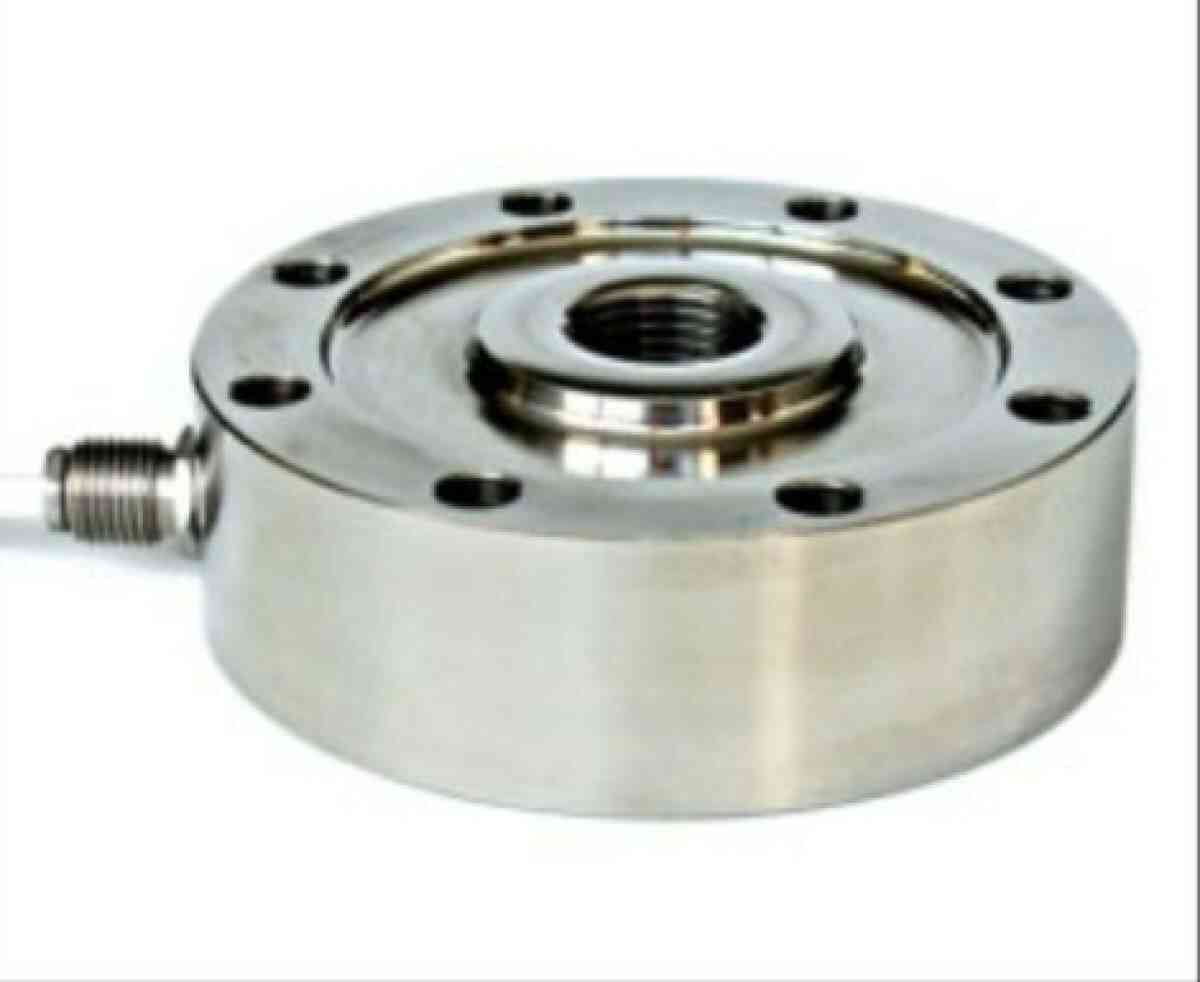Compression Load Cells - An Integral System Part
- - Category: Industrial
- - 22 Feb, 2023
- - Views: 47
- Save

Compression load cells are one of the most important parts of a machinery.
Compression load cells are one of the most important parts of a machinery. If you’re into the bottle labelling industry, these little sensors are essential for you. Today, let’s look at what compression load cells are and how they fit into the mechanics of bottle labelling.
What are Compression Load Cells?
Compression load cells are sensors used to measure weight or force by converting the applied force into an electrical signal. They work by compressing a spring element within the cell when a load is applied, which changes the electrical resistance of the strain gauge sensors attached to the spring. The change in resistance is proportional to the force applied, and the signal is amplified and transmitted to a display or recording device for measurement. Compression load cells are commonly used in industrial and commercial applications for weight measurement and force testing.
How do compression load cells help in bottle labelling?
Compression load cells can be used in bottle labelling machines to accurately measure the weight of individual bottles. This information is used to ensure that each bottle is filled to the correct weight and to identify any bottles that are under or overfilled. The load cell can be integrated into the bottle handling mechanism, with the bottle being placed on top of the load cell, which then computes its weight. This information is then used by the labeling machine to control the labeling process, such as dispensing the correct amount of product, applying labels, and rejecting bottles that do not meet weight specifications. The use of compression load cells in bottle labeling helps to improve the accuracy and consistency of the labeling process, leading to more efficient and reliable production.
What is the Utility of Compression Load Cells in Flow Wrappers?
Compression load cells can be used in flow wrappers, which are machines used for packaging products in flow-wrap packaging material (such as plastic film). Some common uses of compression load cells in flow wrappers include:
- Product weight measurement: Compression load cells can be used to accurately measure the weight of the product being packaged, which can be used to ensure consistent and accurate fill weights.
- Package weight control: By measuring the weight of the packaged product, the flow wrapper can adjust the amount of packaging material used to ensure consistent package weight, improving product quality and reducing waste.
- Film tension control: Compression load cells can be used to measure the tension in the flow-wrap film, which can help to maintain consistent film tension and improve the quality of the final package.
- End-of-line quality control: Compression load cells can be used to perform end-of-line quality control by measuring the weight of finished packages to ensure they meet weight specifications.
By integrating compression load cells into flow wrappers, manufacturers can improve the accuracy, efficiency, and quality of the packaging process, leading to better product quality and reduced waste.
Hence, compression load cells are quite an important part of industrial machinery. If you’re looking to implement a high level of quality in your operations, getting the best ones from a top tier manufacturer is essential.
